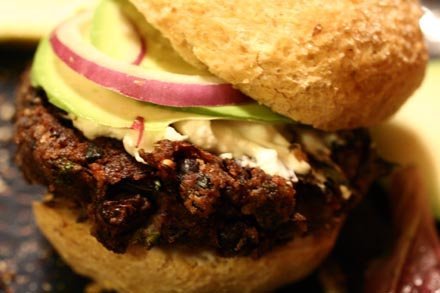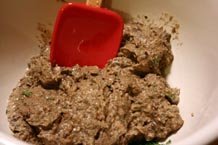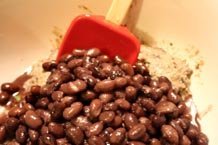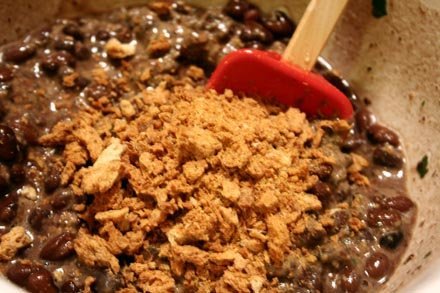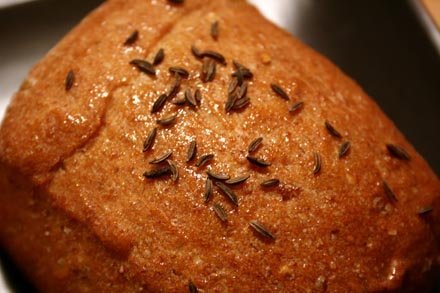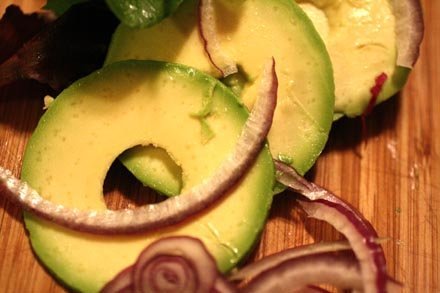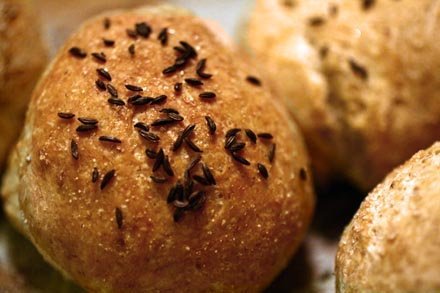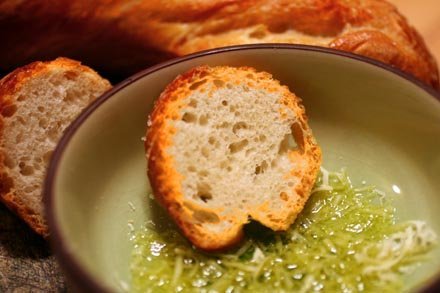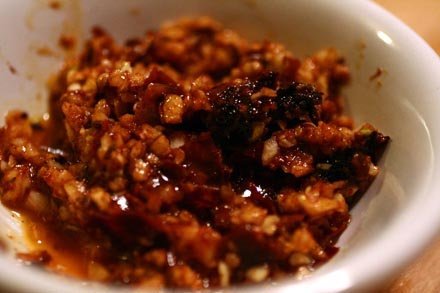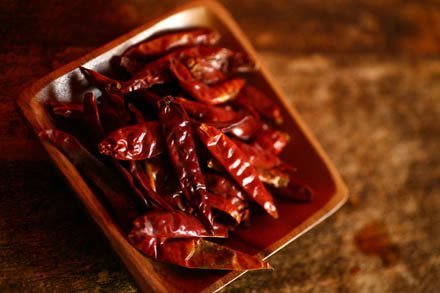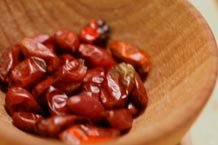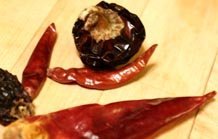Raw Beet Salad with Clementines, Blood Oranges and Lemon Poppyseed Vinaigrette
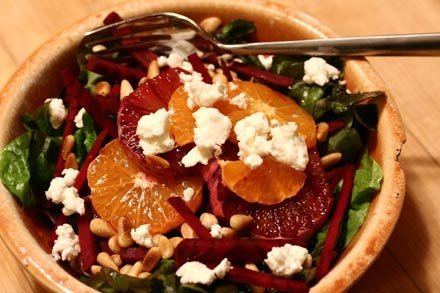
(Vegetarian, Gluten-free)
I am often struck by the fact that when it comes to eating, the sense of taste is the last one that we invoke. Before we ever put something into our mouths, we experience it with our eyes, our noses. Sometimes we touch it, turn it over in our fingers, squeeze it for freshness or firmness. If it comes out sizzling or bubbling or swishing, this gives us other clues about what it will be like when we finally lift it to our lips. Taste, then, can’t be separated from the other senses.
To a degree, some restaurants are trying. A rash of restaurants throughout the world are experimenting with enhancing the flavor of food by serving it up in utter darkness. Germany’s Unsicht-Bar, the Opaque Group (serving the experience at three locations in California), and Blindekuh in Zurich are just a handful of places where a wait staff, composed of visually handicapped people, will introduce you to their world – and their experience of food – by serving it to you while you wait in the pitch black. The inability to see sharpens the remaining senses, calling upon them to experience every nuanced scent, texture and flavor.
This is how memories are created. Scientists agree that there are two distinct kinds of memories, the conceptually based sort and, yes, the sensory memory. Both kinds of imprints are made when we eat. I bet you can tell me about the best meal you’ve ever experienced. I’d like that.
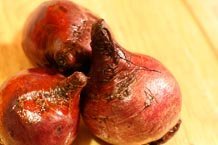 |
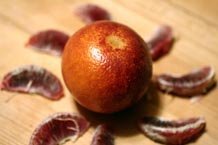 |
We all have our stories. Mine happened on a devastatingly cold, perversely windy morning at the northernmost end of a peninsula in Wisconsin. The wind pummeled us and kicked around bits of icy precipitation that stung like nettles while seagulls shrieked overhead. The person I shared that meal with is no longer a part of my life, and I can’t recall the name of the place. But I can still remember what I felt — my giddiness of being in a new place, a painfully beautiful one at that, and the possibilities of a young life stretching ahead of me and mirrored, I imagined, in the endless Lake Michigan that sprawled just beyond the edge of the sleepy restaurant. I remember gratitude, which really is very close to joy, and an urgent need to wrap my hands around the beauty of the place and protect it in some earnest way. I can remember how small I felt in the oversized, knobby wooden chair with the rough but thick wool cushion that the waitress ushered me into. You know I can still conjure the steam rising from the mug of muddy coffee, which made a lapping noise in the cup like the lazy waves outside. Also the way the potatoes and onions, cooked golden, glowed against the heavy white plate, and the sound of a fork scraping against it. A cacophony of smells seemed to push against the stone walls of the rustic room. And the warmth! When I finally lifted the fork to my lips and closed my mouth around that first bite, it was the soothing and slow thawing of my insides that I tasted first. I have never since bitten into a biscuit that was as perfectly hot and yielding.
The experience of eating is an incredibly complex thing. It is emotional, and social. It is physiological and symbolic and very, very here and now, and in these ways, transcendent. It is ritual and, sometimes, it is irrational. My friend Steph craves peanut butter and jelly when she’s hiking, but she can’t stomach it when she’s not outdoors. When I make the drive from St. Louis to Chicago, I stop at Stuckey’s for grilled cheese and a comic book. It’s terrible food, yes. And about the time I hit Springfield, I start craving it. What we eat, and why we eat it, and what happens inside us when we eat, is very, very complicated.
Meals bond us and connect us and lift us across our differences. We don’t break bread with our enemies.
It is in these experiences, in the things that we remember about a food, that determines whether we seek it out again. It’s the memory that is created when we eat, both visceral and emotional, that makes us love a particular food. Or hate it.
Most of our food memories are formed when we are young. I shuddered at beets for the first half of my life, but I’d only ever had them pickled from a can. The sour, blood-inky, astringent and slightly metallic mouthful was unsettling. And yet. I was drawn to the earthiness, the way they hinted of dirt, like something I wasn’t ever supposed to put in my mouth. I liked that. So when I tasted raw beets at the age of 20, I was smitten. A whole different experience, still able to conjure up the childhood dinners, the conversations that floated overhead while the beets were served onto my plate, but with none of the lingering flavors I found so offensive.
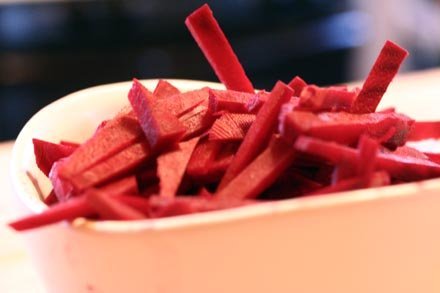
Clementines, on the other hand, were a rare treat. They taste to me of Christmas. In season only briefly, the explosive, bright juiciness of what we called “baby oranges”, the tangerines, clementines, and tangelos that were available when lights decked a tree and certain songs were on the record player. Today, I feel safe when I bite into a Clementine. For different reasons, I also feel safe when I’m close to the earth. So beets and oranges are a soothing combination to me. If we eat for emotional reasons, I could do a lot worse than Clementine Beet Salad.
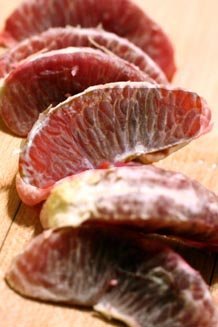 |
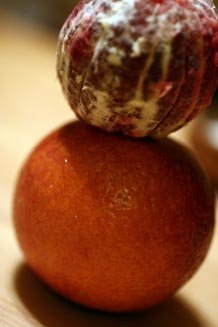 |
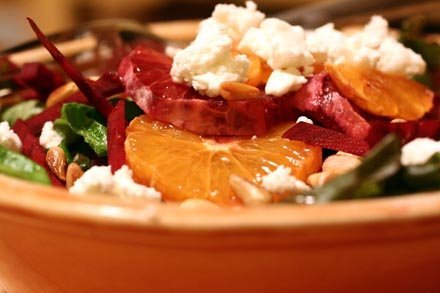
But. In our adult careers as eaters, something else happens too. The foods we eat become more complex and often subtle. Flavors bring with them disparate memories stirred up in one mouthful. New flavors are introduced, like blood oranges. Those came later for me, with their startling color and their slightly berry flavor. They taste like an orange, but not like an orange. My associations to those are still forming.
This dish, then, is a procession of food experiences distilled into memories, some old, some new, all experienced in their most basic form, as a series of familiar sensations. When I eat this salad, here’s what I remember: Christmas. Pine trees. Getting away with something. My first ever truly local farmer’s market. Being nibbled by a goat. My first sip of French Burgundy (even though I’ve never had Burgundy with beets). Tumbling from the top of a tower of haystacks and landing in… more hay. Laughing. The Formica table of my childhood, with the hollow legs (where things like pickled beets could be stuffed when my parents turned away). A shag green carpet. An urgent need to live lightly on our planet.
How about you?
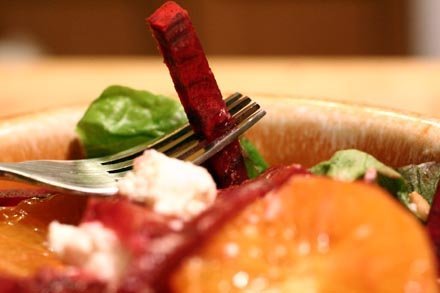
The Recipe
Eaten raw, fresh, unpickled beets are a real treat. The trick here though is to slice them into the thinnest matchsticks possible. The photo I used here is lovely, but those beets are too large. My mouth got tired of chewing. Oh, and about beets: don’t be alarmed. If you eat this salad you’re going to pee orange for two days. It’s okay. It will contribute to your memory bank.
Oh, and right. Beans. If you’re asking then I guess you’ve noticed that there are none in this recipe. I haven’t abandoned beans –they’re the major source of protein in my diet. But the stories that form around food encompass so much more, so many heirlooms of so many sorts. Foods become the main characters in the stories that rise from our individual pasts and form our collective experience. I’m going to explore some of these stories on this blog. You are what you eat, that’s true. But you also are no more than what you remember. And the most basic remembrances start and end with food.
Raw Beet Salad with Clementines, Blood Oranges and Lemon Poppyseed Vinaigrette
4 beets, sliced into matchsticks that are then sliced in half
3 clementines
2 blood oranges
1 bunch of Romaine, or 5 cups mixed baby salad greens
½ cup toasted pine nuts
I cup crumbled goat cheese
Slice the top and bottom off the beets and peel them. Cut them in half, then in half again. With the flat side down, slice each piece into the thinnest matchsticks possible, then cut them in half lengthwise. Set aside.
Peel the clementines and blood oranges and slice them. I love the way it looks to slice them into rounds, but you’ll get more even flavor and distribution if you cut them into smaller pieces. Wash and tear the Romaine, or if using spring greens then simply wash and toss. Arrange your salad in bowls, then sprinkle the top with pine nuts and goat cheese. Drizzle with the lemon poppy seed dressing
Lemon-Poppy seed Vinaigrette
¼ cup raw honey
½ teaspoon dry mustard powder
½ cup fruity extra virgin olive oil
1 teaspoon poppy seeds
1/3 cup champagne vinegar or white wine vinegar
Juice of half of one lemon
½ teaspoon lemon zest
sprinkle of salt
Place all ingredients in a jar with a tight-fitting lid and shake to combine.
*An addendeum: having eaten this salad for three meals now, I’d omit the poppyseeds. They don’t add a lot of flavor and they DO resemble the grit you often find on beet greens. Each bite made me feel as if the beets hadn’t been properly washed. I know I just said above that I always wanted to eat dirt, but if I were going to do that I’d eat it as a food item rather than an ingredient, I think.

